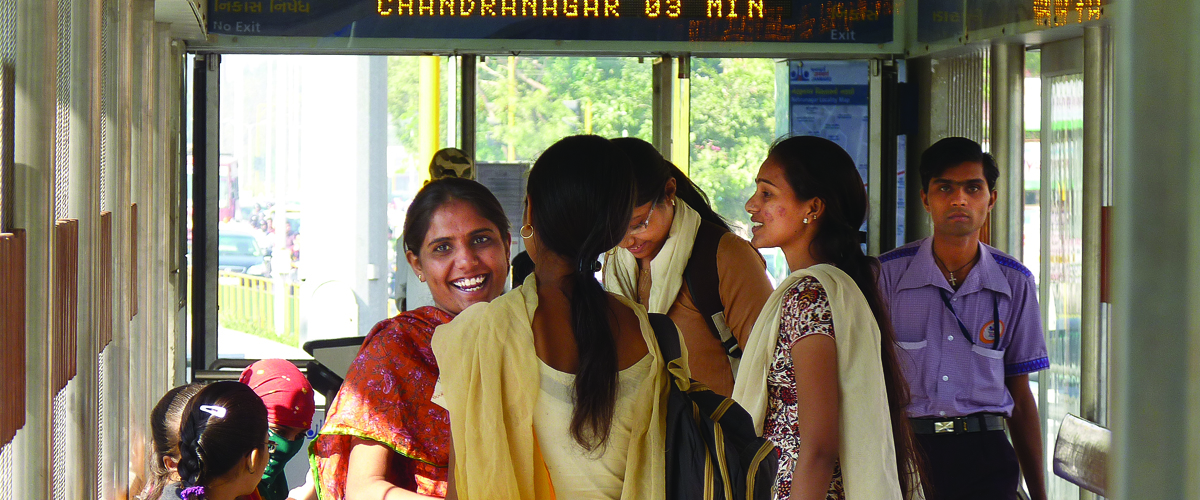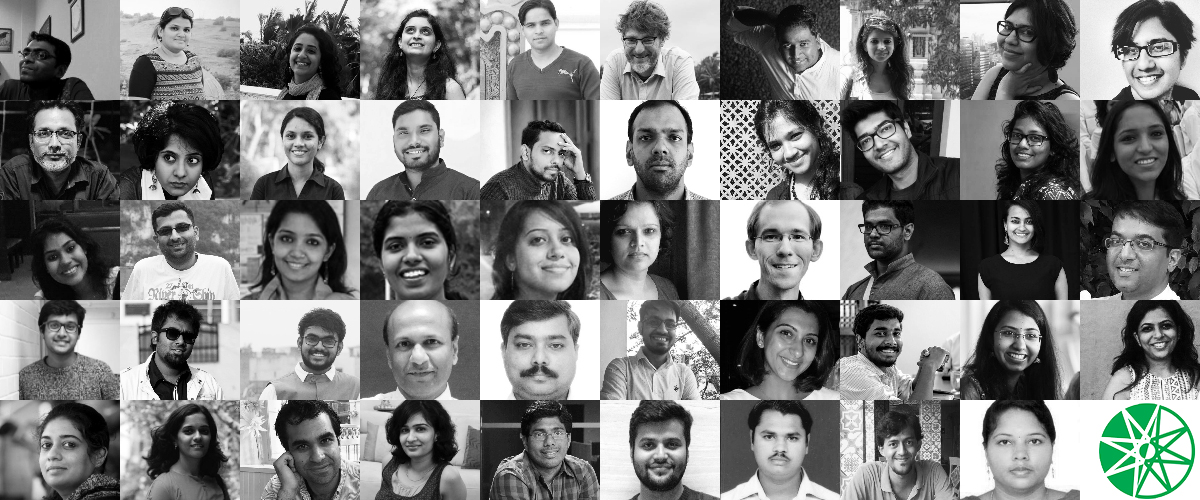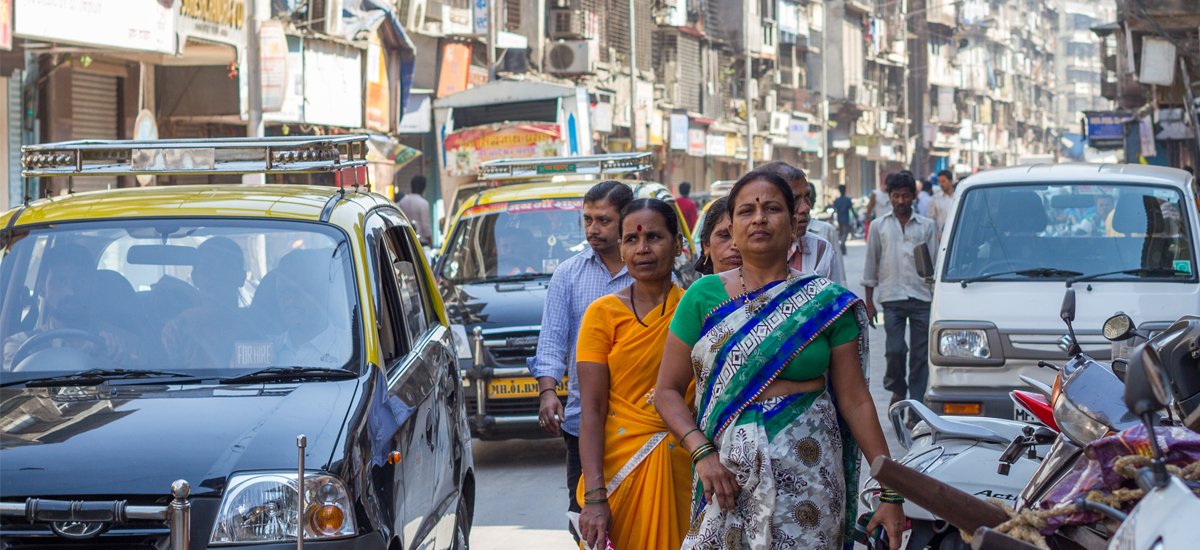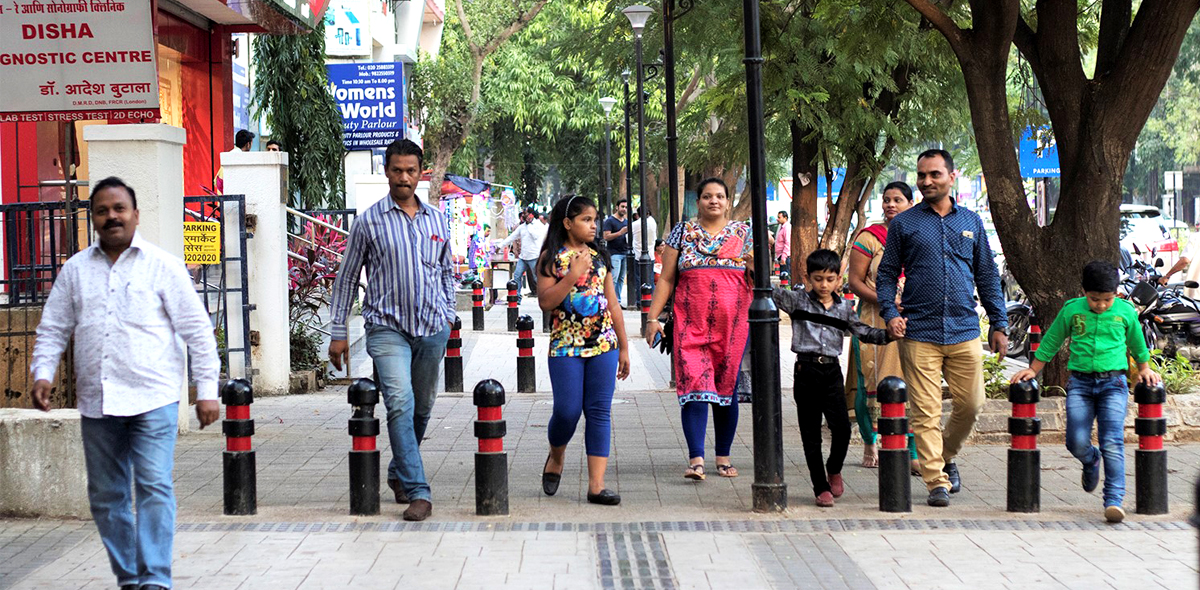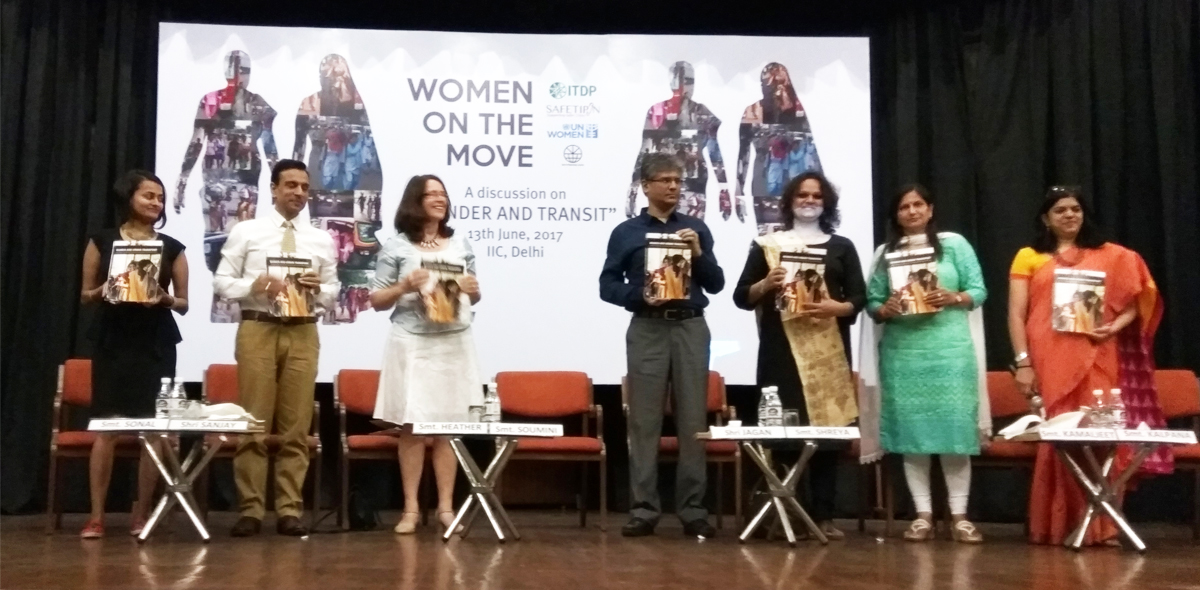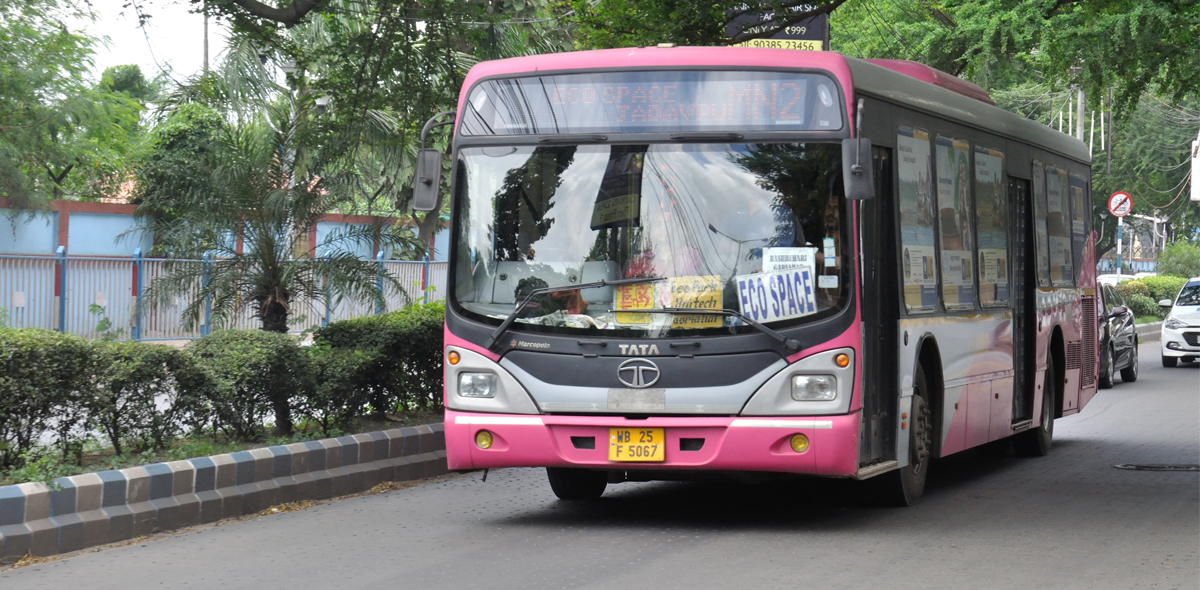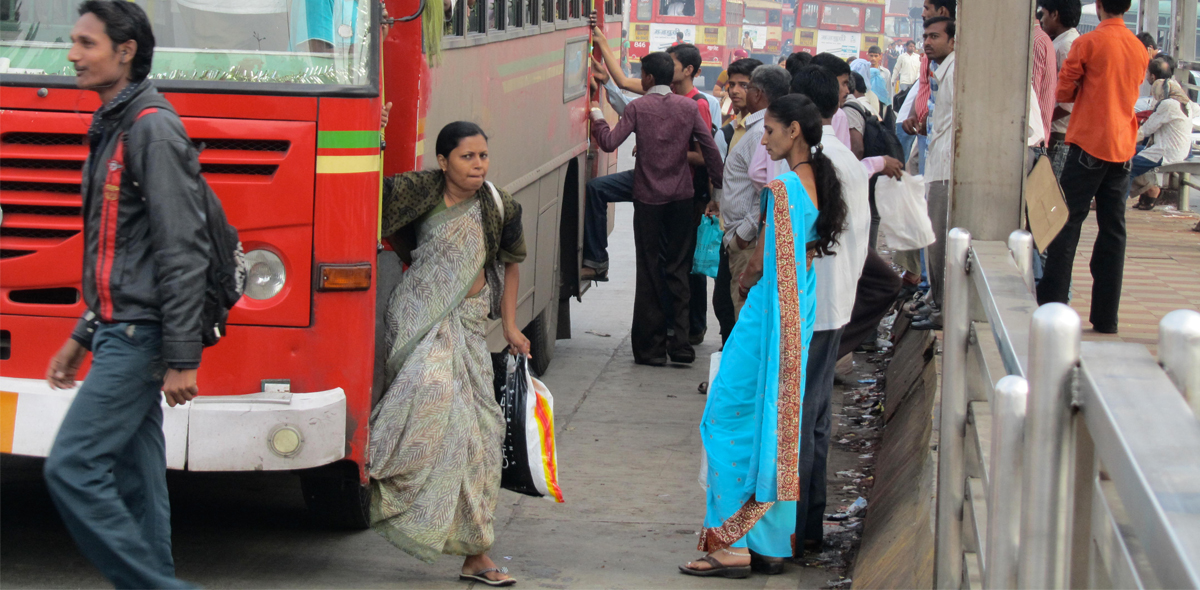ITDP India is excited to be invited as key speakers at the Women Mobilize Women conference hosted by Transformative Urban Mobility Initiative, and the International Transport Forum Summit in Leipzig, Germany, this month. Both events will foster knowledge exchange and discussion on implementing sustainable mobility solutions for women, by women.
ITDP has led work in India on Women in Transport to address the issues of safety, comfort, convenience and affordability of urban transport. Even though women use public transport modes for four out of five work trips, surveys indicate that they feel most vulnerable in public transport and public spaces.
If women perceive public transport and public spaces as unsafe, it affects their access to work, education, and social opportunities. “Ultimately, transportation is the fulcrum that allows women to participate in the workforce; a societal shift to transform the entire world economy.” – Sonal Shah, ITDP India Programme.

ITDP and Safetipin released a policy brief on Women and Transport in Indian Cities. The draft was released in June 2017 at a roundtable discussion on Gender and Transit, organized by ITDP, Safetipin and UN Women with participation from 30 women’s groups, international organizations, professionals and academic institutions.
To address safety concerns, and as a first of its kind, a paper on Women and Transport in Indian Cities was created by ITDP India Programme and Safetipin. The paper provides recommendations on policy interventions to improve walking, cycling, and public transport for women. The conferences in Leipzig will provide a platform to share experiences of women surveyed, and make recommendations to guide gender responsive mobility planning.
A city safe for women, is a city safe for all. With that in mind, ITDP India is proud to be involved with female change-makers from across the world with one vision—to make transport systems safe, accessible and reliable for women.
Watch this space for more coverage of the event.
To hear more about our work, click here to access our webinar on #WomenOnTheMove.




